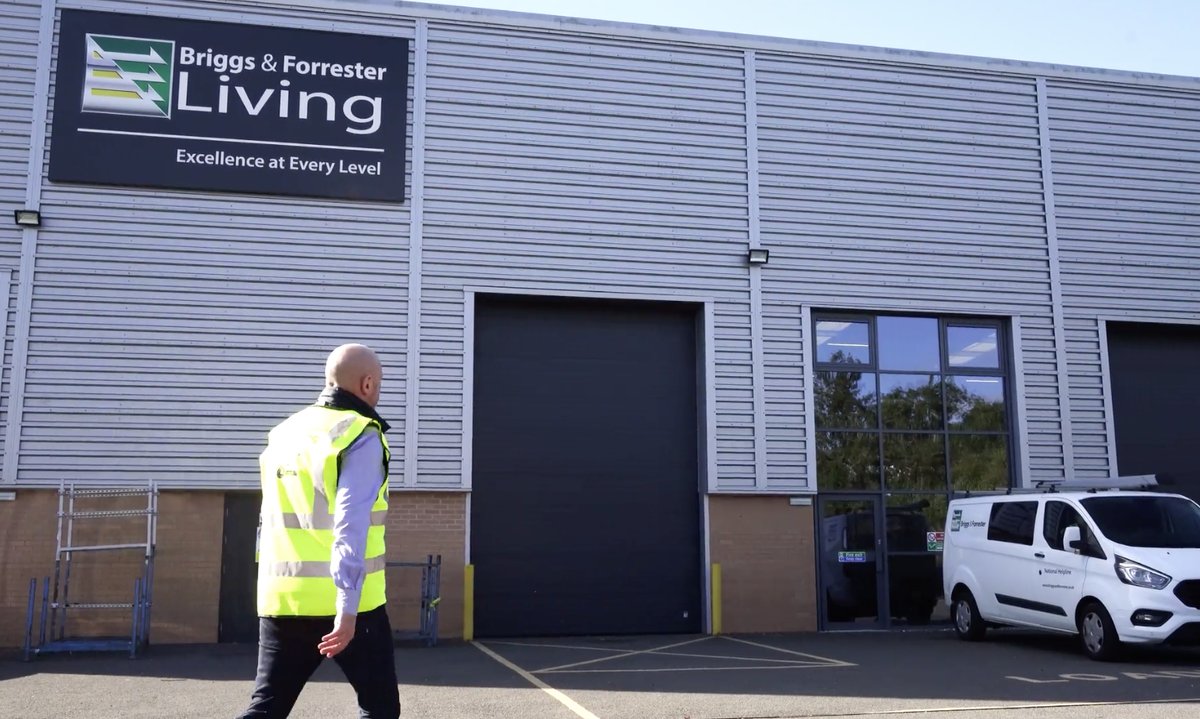Optimising returns from peer-to-peer investments
Sponsored by Kuflink
Peer-to-peer (P2P) investments involve individuals lending money to other individuals or businesses. While this may sound fairly niche, the sector – worth $85 billion in 2020 – is predicted to grow sevenfold by 2028, to a global value of $578 billion each year. It’s growing fast, because P2P lending can offer much higher returns than traditional investments.
However, these are often an expression of the increased risk P2P investments carry. For example, when you lend to other consumers these loans might be unsecured, which means that if the borrower can’t (or won’t) repay you, there isn’t much you can do about it.
And even if you are lending to a small business where the loan is secured against company assets (such as equipment), or the assets of the directors, it may be very hard to get your money back if the company defaults on the loan.
So how can investors who want to optimise the returns they make from P2P investments do so, while at the same time reducing the risk they are exposed to?
Why P2P property loans?
A well-established way of optimising returns from P2P investments, while at the same time moderating risk, is to invest in property developments.
As well as higher interest rates, P2P property loans offer lower risks because loans can be secured (generally with first or second legal charges) against the value of the property. This means that if the borrower can’t pay you back, the property can be sold to repay your loan.
P2P platforms offer additional risk management opportunities by allowing investors to choose whether to invest in a single property development or spread their investments across several properties.
Spreading investments across different properties is a strategy which reduces risks, although, because it requires a little extra administration, it will generally come with slightly reduced interest rates. This is a little like investing in a stock market fund rather than individual shares: if you split your money across multiple borrowers you have negligible risk of a major loss.
Another benefit of P2P property investments is liquidity, or the ability to get your money back when you want it. Generally, lenders agree to lend money for a fixed period. This means their money is tied up and inaccessible while the loan is running. However, because property loans are attractive, many P2P investment platforms offer a secondary market where investors can sell their loans on to other parties.
But is it safe?
There are many different shades of P2P lender. Some of the larger ones may be inflexible or expensive for the investor to use, while smaller ones may be badly run or undercapitalised. But the top concern for most investors will be whether their investment is safe.
The key is to look for quality of operations. Kitemarks such as quality certifications (for example, ISO 9000) are useful indicators, as are industry awards and even reviews: unhappy investors are sure to make their feelings known on sites such as TrustPilot.
The platform should also make its approach to cyber-security and risk management clear on its website, and it should be able to describe a strong underwriting process that means bad risks don’t make it onto the platform. In addition, one of the most important things that underpins quality is the expertise of the senior management.
Introducing Kuflink
One P2P investment platform that is worth checking out is Kuflink. Established in 2016 by a team of experienced property investment managers, Kuflink offers the chance to invest in loans secured against UK property and achieve average returns for lenders of over 6 per cent, and as high as 7.2 per cent. *
Kuflink takes a multi-layered approach to managing loan risk which includes property valuation, risk assessment and final sign-off by a loans committee. Each loan is monitored on a daily basis and loan management is rigorous, with a 30-day default rule. This compares favourably with the 180-day rule employed by the FCA and means that if a borrower fails to pay its monthly interest charge, Kuflink will take action after 30 days.
Another innovative safety feature is that loans are paid out to the borrower net of any interest charges: in other words, interest for the period of the loan is paid up-front. Even if borrowers have to wait longer than expected to get their capital repaid (perhaps because the property developer goes out of business), they still have access to their interest payments on time.
Kuflink has never made a loss on an investment and proves its faith in its investments system by investing alongside its lenders.
No investments can ever be totally risk-free. But P2P lending against property is an excellent way of reducing investment risk. And on Kuflink’s innovative digital platform, investors can be confident in the knowledge that the investments offered have been chosen carefully and that all loans are proactively monitored, meaning that returns are as high as possible. This combination of tightly managed risk and optimised returns is a very desirable investment opportunity.
|
|
|
|
To explore more about P2P property lending, visit www.kuflink.com

Business Reporter Team
Most Viewed
Winston House, 3rd Floor, Units 306-309, 2-4 Dollis Park, London, N3 1HF
23-29 Hendon Lane, London, N3 1RT
020 8349 4363
© 2025, Lyonsdown Limited. Business Reporter® is a registered trademark of Lyonsdown Ltd. VAT registration number: 830519543





